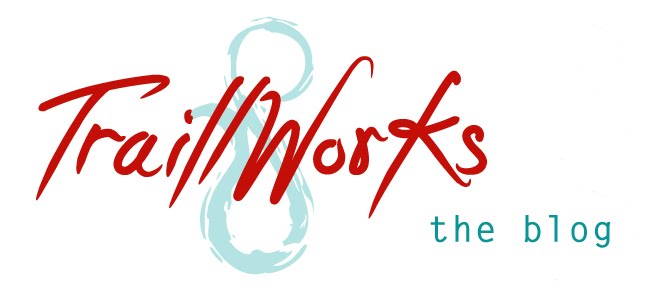
In Tuesday's NY Times, science writer, Natalie Angier, writes about new theories on the origins of art.
Unfortunately, my principal at my first teaching job felt art was the lowest aspect of the curriculum and deemed it more appropriate for use as playtime, rather than an opportunity to create art and learn culture and history through the vehicle of art, which is a visual testament to humanity. In The Dance of Evolution, or How Art Got Its Start, Angier overviews a recent conference devoted to the "
One of the speakers was Ellen Dissanayake of the University of Washington who shared a quite different rationale that makes a whole lot of sense to me. She argued that while contemporary westerners view art as elitist and detached from reality art is really intrinsically connected to reality and plays a large role in creating community. I have experienced this myself in moving to a rural county, where by becoming a member of a local arts council, I have become part of a community that is not only made up of artists, but all sorts of people who love art. The only other large draw for community is religion, argues Dissanayake. I have not known such an energetic, impassioned crowd of people since I was in a college setting, doing what else but studying art.
Art making is a magical experience that I believe all people have the capacity for in some way. But, when it is not supported in our schools, by our families, by our friends, art becomes less important. Without art, humans are not humans. Become part of a lively community - make art, buy art, encourage others to make art, support arts events.










